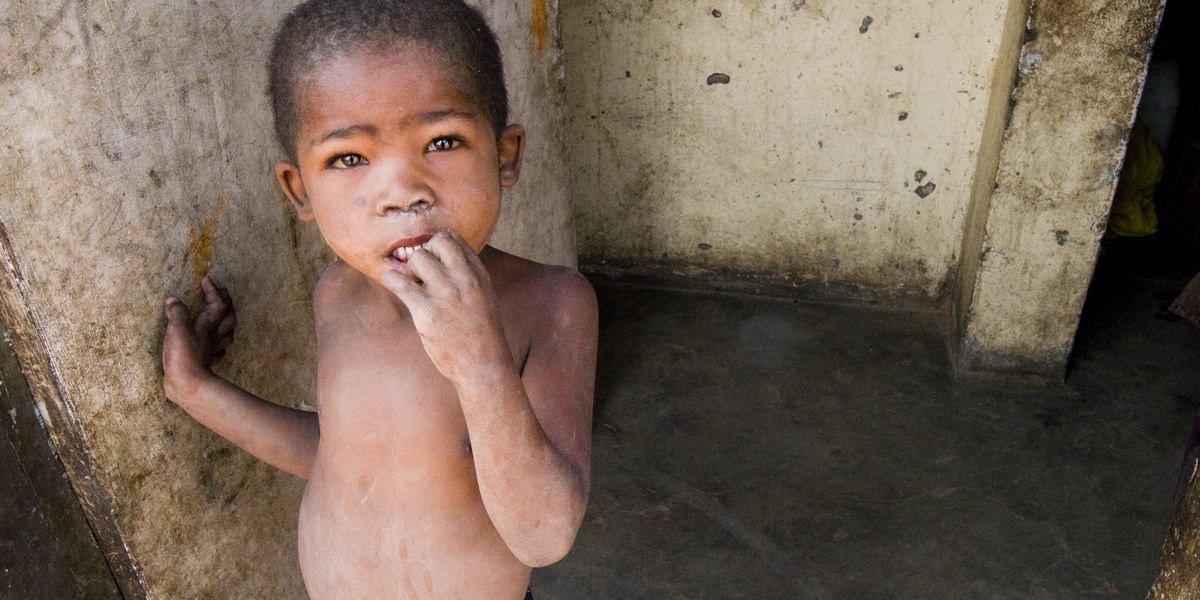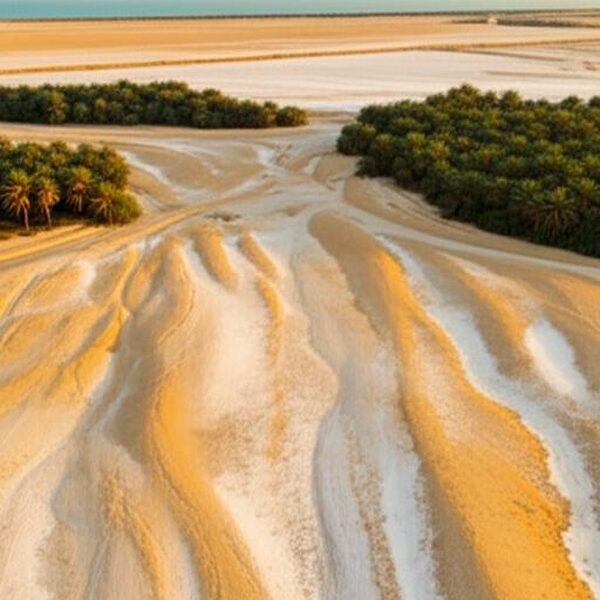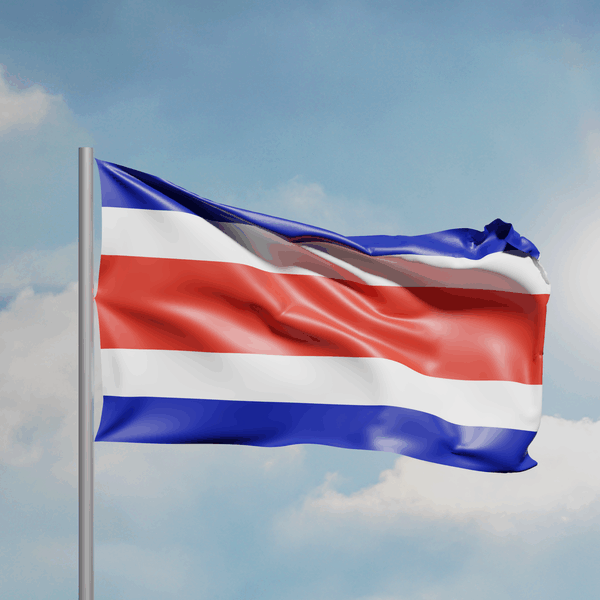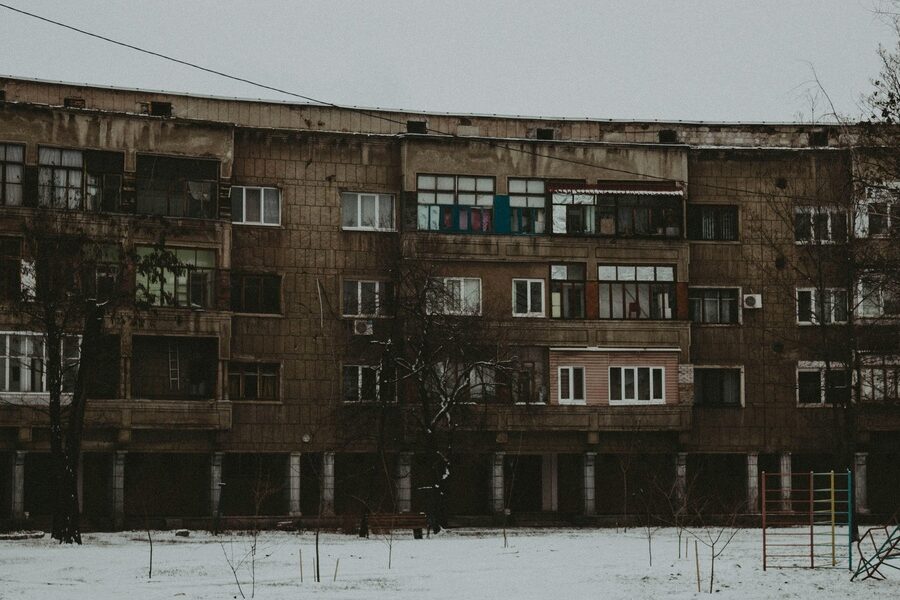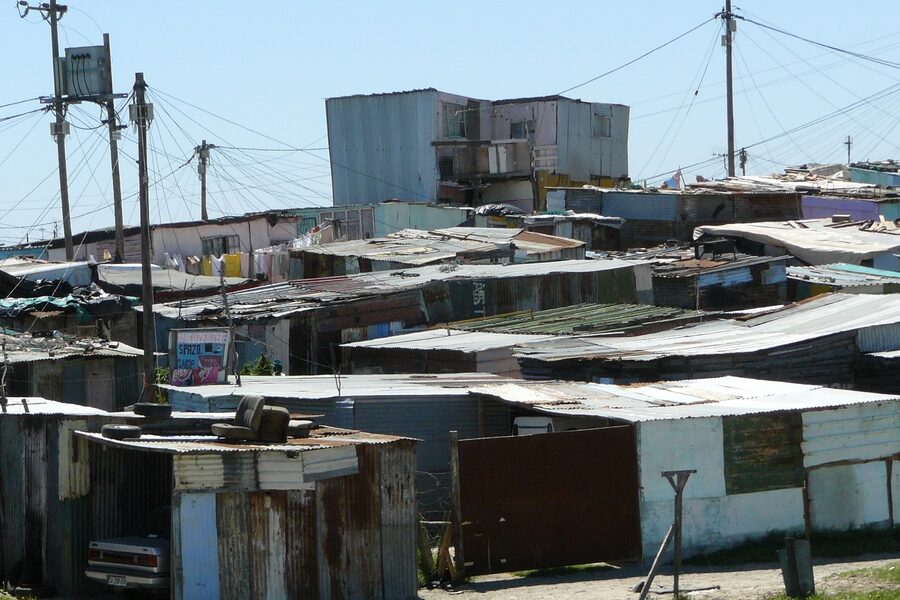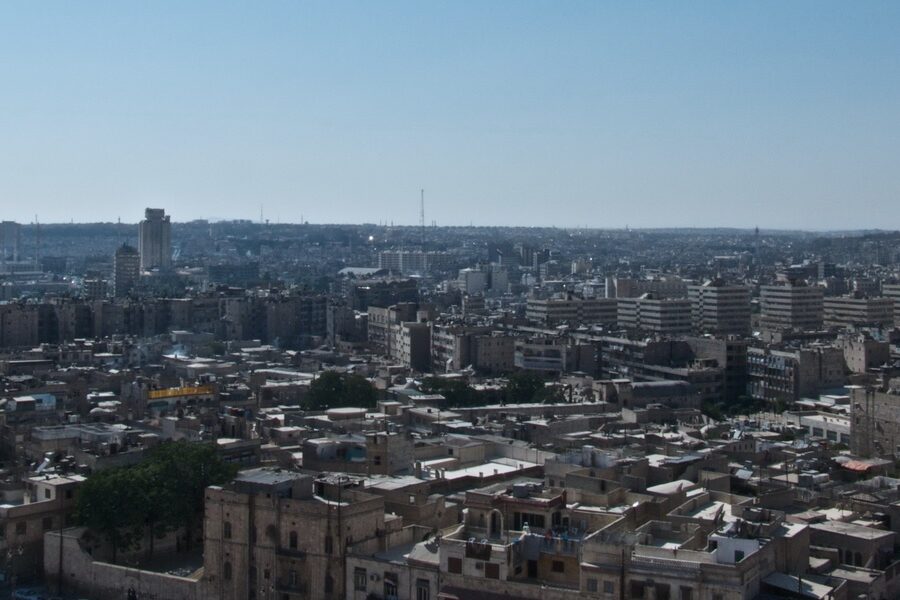Africa’s economies cover a wide spectrum, and looking at the lowest-income nations helps highlight where development and humanitarian efforts are most needed. This list is meant to give a straightforward snapshot rather than a deep economic analysis, so you can quickly see which countries face the biggest income and poverty challenges.
There are 20 Poorest African Countries, ranging from Burkina Faso to Uganda, included to show that hardship appears across different regions and contexts. For each country, the Flag, GDP per capita (PPP, USD), and Poverty rate (%) are listed — you’ll find below.
How is “poorest” determined in this list?
“Poorest” here is based on income and poverty indicators commonly used by economists: GDP per capita (PPP) to compare living standards and the poverty rate to show the share of people below national or international poverty lines. Using both gives a clearer picture than either metric alone.
How current and reliable are the numbers shown?
Data typically comes from international sources (IMF, World Bank, UN) and national statistics; it can lag by a year or more and is revised periodically. Treat the list as a comparative snapshot and check original databases for the latest figures if you need precise, up-to-date values.
Poorest African Countries
| Country | Flag | GDP per capita (PPP, USD) | Poverty rate (%) |
|---|---|---|---|
| Burundi | 🇧🇮 | 916 | 73.6 |
| South Sudan | 🇸🇸 | 1,072 | 82.0 |
| Central African Republic | 🇨🇫 | 1,126 | 66.3 |
| Somalia | 🇸🇴 | 1,343 | 48.2 |
| DR Congo | 🇨🇩 | 1,474 | 62.0 |
| Niger | 🇳🇪 | 1,577 | 50.6 |
| Mozambique | 🇲🇿 | 1,652 | 63.3 |
| Malawi | 🇲🇼 | 1,701 | 71.3 |
| Chad | 🇹🇩 | 1,788 | 39.8 |
| Liberia | 🇱🇷 | 1,789 | 35.5 |
| Madagascar | 🇲🇬 | 1,903 | 80.7 |
| Sierra Leone | 🇸🇱 | 2,080 | 25.5 |
| Guinea-Bissau | 🇬🇼 | 2,128 | 28.5 |
| Togo | 🇹🇬 | 2,427 | 28.6 |
| Burkina Faso | 🇧🇫 | 2,488 | 20.3 |
| Mali | 🇲🇱 | 2,581 | 14.5 |
| The Gambia | 🇬🇲 | 2,607 | 10.9 |
| Uganda | 🇺🇬 | 2,630 | 28.5 |
| Ethiopia | 🇪🇹 | 2,763 | 27.3 |
| Rwanda | 🇷🇼 | 2,836 | 51.9 |
Images and Descriptions
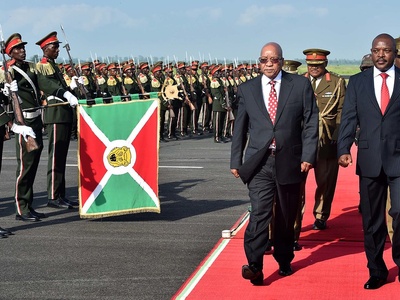
Burundi
Burundi’s economy, with a 2023 GDP per capita (PPP) of $916, is hampered by political instability and its landlocked geography. Over 73% of its population lived on less than $2.15 a day in 2021, reflecting deep-seated poverty and reliance on subsistence agriculture.
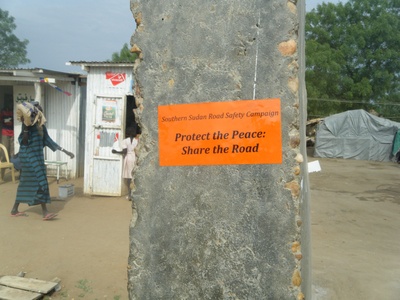
South Sudan
Ravaged by years of civil war, South Sudan is one of the world’s most fragile states. With a 2022 GDP per capita (PPP) estimated around $1,072, over 80% of its population faces extreme poverty (2016 data), relying heavily on humanitarian aid for survival.
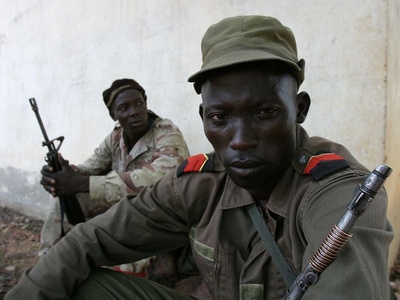
Central African Republic
The Central African Republic faces persistent insecurity and internal conflict, severely limiting economic activity. Its 2023 GDP per capita (PPP) is just $1,126, with over 66% of the population living in extreme poverty as of 2021, highlighting the devastating impact of instability.
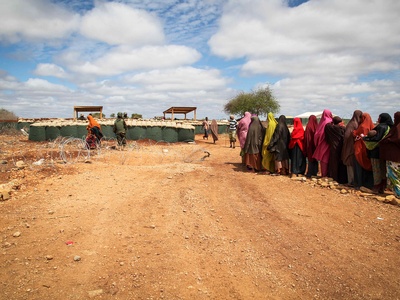
Somalia
Decades of conflict and severe climate shocks like droughts have crippled Somalia’s economy. Its GDP per capita (PPP) was $1,343 in 2023, while an estimated 48% of its people lived in extreme poverty as of 2022, depending heavily on remittances and international aid.
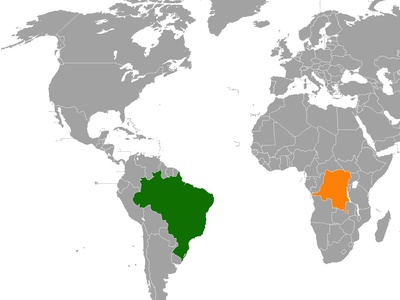
DR Congo
Despite immense mineral wealth, the Democratic Republic of Congo suffers from conflict, corruption, and poor infrastructure. Its 2023 GDP per capita (PPP) is $1,474, with a staggering 62% of its population living in extreme poverty as of 2021.
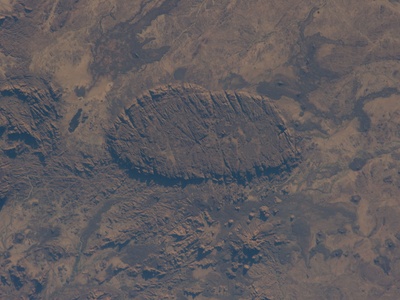
Niger
A landlocked Sahelian nation, Niger faces desertification, rapid population growth, and political instability. Its 2023 GDP per capita (PPP) stands at $1,577, with over 50% of its citizens living in extreme poverty (2021), making it vulnerable to climate and security shocks.
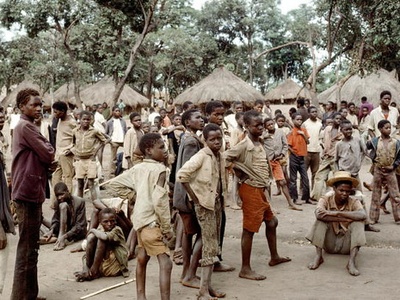
Mozambique
Mozambique’s economic potential from natural gas is undermined by a violent insurgency and frequent climate disasters. With a GDP per capita (PPP) of $1,652 in 2023, about 63% of its population lived in extreme poverty as of 2019, reflecting deep inequality.
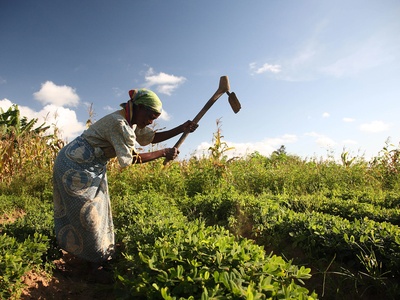
Malawi
A landlocked country heavily reliant on agriculture, Malawi is extremely vulnerable to weather shocks. Its GDP per capita (PPP) was $1,701 in 2023, while a very high 71% of the population endured extreme poverty as of 2019, often facing food insecurity.
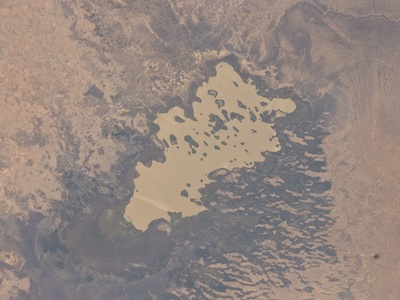
Chad
Chad’s development is constrained by its landlocked position, regional instability, and the effects of climate change. With a GDP per capita (PPP) of $1,788 in 2023, nearly 40% of its population lived in extreme poverty as of 2021, despite its oil revenues.

Liberia
Still recovering from devastating civil wars and the 2014 Ebola epidemic, Liberia struggles with weak infrastructure and institutions. Its 2023 GDP per capita (PPP) is $1,789, with over 35% of Liberians living in extreme poverty according to 2016 data.
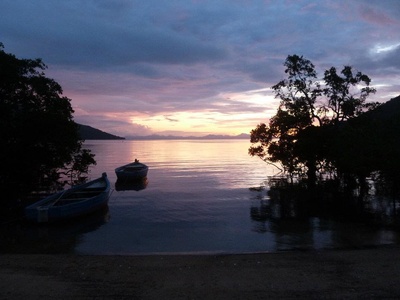
Madagascar
An island nation prone to severe climate events, Madagascar has a 2023 GDP per capita (PPP) of $1,903. Chronic political instability has worsened conditions, with a staggering 81% of the population living in extreme poverty as of 2021, one of the highest rates globally.
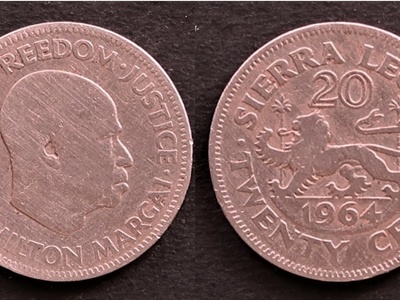
Sierra Leone
Sierra Leone’s economy, still healing from civil war and the Ebola crisis, relies heavily on mineral exports. Its GDP per capita (PPP) was $2,080 in 2023, and as of 2018, over a quarter of its population lived in extreme poverty.
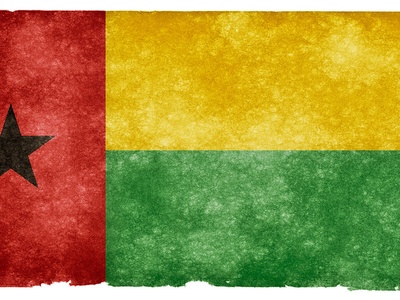
Guinea-Bissau
Plagued by persistent political instability and coups, Guinea-Bissau’s economy is fragile and overly dependent on volatile cashew nut exports. It had a GDP per capita (PPP) of $2,128 in 2023, with over 28% of its people in extreme poverty as of 2021.
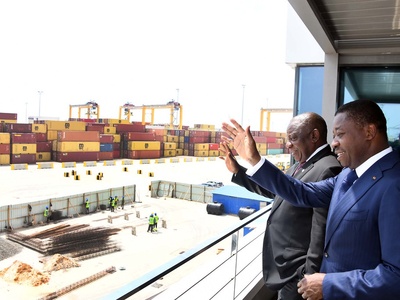
Togo
Togo’s economy is centered on subsistence farming and phosphate mining, facing challenges from political governance issues. Its GDP per capita (PPP) reached $2,427 in 2023, with around 29% of the population living in extreme poverty based on 2018 data.
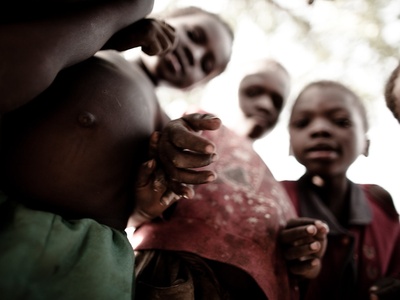
Burkina Faso
Burkina Faso is severely affected by escalating insecurity from extremist groups and a related humanitarian crisis. Its 2023 GDP per capita (PPP) is $2,488, but widespread conflict has displaced millions, impacting its heavily agrarian economy (2018 poverty data).
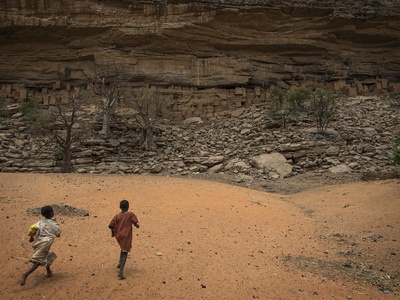
Mali
A landlocked nation at the center of the Sahel crisis, Mali grapples with conflict and political instability. Its GDP per capita (PPP) was $2,581 in 2023, with over 14% of the population in extreme poverty (2021) amid challenging security conditions.
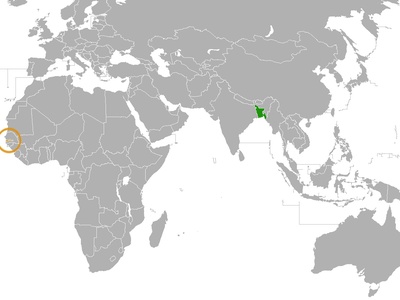
The Gambia
The smallest country on mainland Africa, The Gambia relies on tourism and agriculture, making it vulnerable to external shocks. Its GDP per capita (PPP) was $2,607 in 2023, with 11% living in extreme poverty (2020) as it transitions from decades of authoritarian rule.
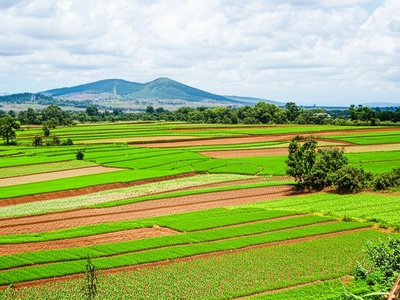
Uganda
Uganda has achieved some economic growth but faces challenges from rapid population growth and a heavy reliance on agriculture. Its GDP per capita (PPP) was $2,630 in 2023, with over 28% of Ugandans still in extreme poverty as of 2019.
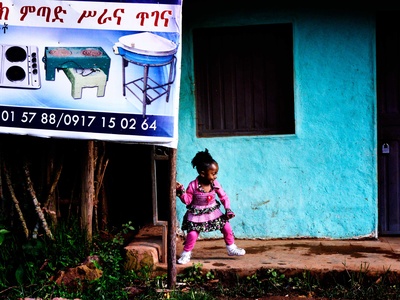
Ethiopia
Despite being one of Africa’s fastest-growing economies for years, recent internal conflict and high population pressure have kept incomes low. Ethiopia’s GDP per capita (PPP) was $2,763 in 2023, with over 27% of its people in extreme poverty as of 2020.
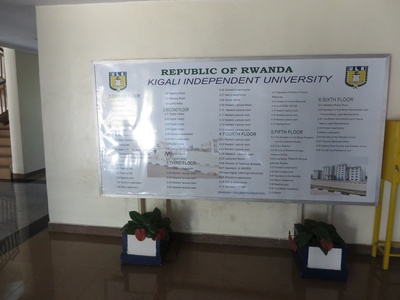
Rwanda
Though often cited for its remarkable development progress since the 1994 genocide, Rwanda remains a low-income country. Its GDP per capita (PPP) was $2,836 in 2023, with over half the population still living in extreme poverty according to 2016 data.

